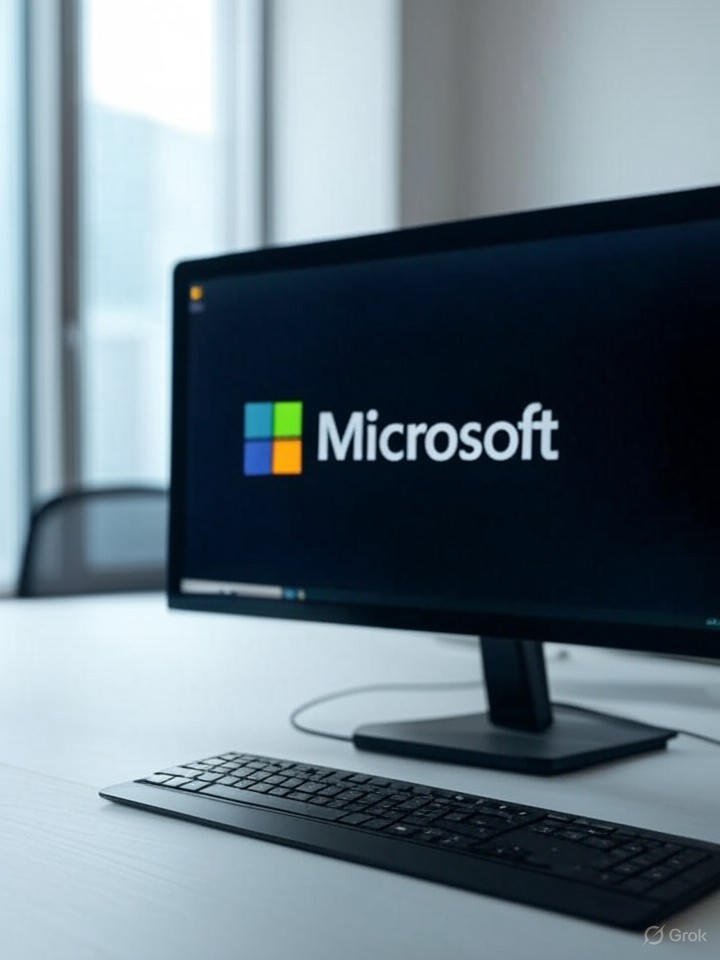When President Donald Trump stood before a crowd at Carnegie Mellon University last month and announced $90 billion in new artificial intelligence investments, it was hardly the first time the federal government has devoted significant resources to developing the technology. Earlier this year, Trump revealed a $500 billion “Stargate” project backed by OpenAI, SoftBank, and Oracle to build data centers across the United States.
The message is clear: America is betting big on its AI future. But buried in the fanfare was the cost of this extraordinary investment to ordinary Americans. As energy consumption from AI surges, consumers will bear the burden through higher electricity bills, strain on an already overwhelmed grid, and emerging evidence of health impacts from nearby data centers.
In Pennsylvania, where Trump is launching these massive investments, the impact is already visible. Duquesne Light’s standard rate for residential customers jumped 15% in June, while West Penn Power’s rose 9%, as the regional grid operator scrambles to secure enough power for the flood of data centers coming online.
Nationwide, electricity rates are already increasing by as much as 5% a year, enough to strain household budgets, especially for those on the brink of nonpayment. Nearly 80,000 Pennsylvanians had their electricity shut off for nonpayment in April and May alone — before the recent rate increases took effect. (For context, in Virginia, where nearly half the country’s data centers are housed, prices are expected to increase by as much as 70% in the next decade without massive changes.)
How is this possible?
Every time you ask ChatGPT a question, upload photos to the cloud, or join a Zoom call, that request travels to a data center where banks of computers respond to these requests. Data centers are massive warehouses filled with thousands of servers that store, process, and deliver everything from your Netflix stream to your Google searches. They need electricity not just to run the computers, but to keep them cool with industrial-grade air-conditioning systems running 24/7.
A single large data center can consume as much power as a small city, and the new AI-focused facilities are even more demanding. Once it is trained, these systems are fine-tuned, using more energy. And once they are fine-tuned, millions of people access them every hour. ChatGPT alone processes about a billion queries a day, using at least as much energy as 33,000 U.S. homes.
To their credit, tech companies aren’t ignoring the challenge. Google just announced a $3 billion deal to source hydropower from two Pennsylvania facilities. The company is essentially betting it can build both the demand and the clean supply at the same time. Meanwhile, a $25 billion investment by Blackstone includes natural gas power plants that can come online quickly, but will burn fossil fuels and potentially drive up gas prices.
A single large data center can consume as much power as a small city, and the new AI-focused facilities are even more demanding.
But AI’s energy crisis has two dimensions. First, clean energy takes years to build, while AI demand is increasing now. Second, we have to look at where and how this power runs.
At the moment, it runs on outdated infrastructure. A new report from the North American Electric Reliability Corp. finds that data centers are an emerging threat to grid stability because they pull huge amounts of power at unpredictable times.
Our power grid wasn’t built for this.
Trump’s Pennsylvania AI summit showcased American ambition, but it also highlighted a fundamental challenge: The United States is trying to build a 21st-century economy on a 20th-century platform. And we, as consumers, will pay the price.
This moment demands a two-pronged response that addresses not only the short-term opportunities but also the long-term risks.
In the long term, America must invest in upgrading our infrastructure. We need a power grid that can move energy from where it is abundant to where it is needed most.
A series of Biden-era bills, like the Inflation Reduction Act, represent the most significant progress since the Eisenhower era — but they are all being cut under the current administration. Specifically, the Big Beautiful Bill rolls back clean energy funding that could have eased the infrastructure strain.
At the same time, we need to make sure our generation and use of AI is as efficient as possible. And to do that, we need disclosure.
The world’s largest AI companies are largely staying silent on energy reporting. Google stopped providing specific AI energy disclosure in 2024 after doing so previously, despite seeing emissions rise 48% since 2019. Microsoft’s emissions increased 30% from a 2020 baseline. OpenAI provides virtually no public energy data, with CEO Sam Altman offering only that an average query uses 0.34 watt-hours. The company declined to provide specific figures when requested by MIT Technology Review.
Disclosure is not just about transparency. It’s about giving communities and policymakers the data they need to make informed decisions. We can’t manage what we can’t measure, and right now, we’re flying blind about AI’s true energy cost.
Once we understand the problem, government regulators can utilize the many tools in our policy arsenal to mitigate the ecological and energy constraints: taxing in a way to reflect costs, instituting mandatory efficiency requirements, and planning upgrades.
Without such measures, we will start to see skyrocketing electricity bills and communities bearing high risks they never agreed to take. But legislators and tech companies must act before the infrastructure crisis becomes irreversible. Technological investments should benefit all of us, not just shareholders.
Aya Saed, who served as the former counsel and legislative director for U.S. Rep. Alexandria Ocasio-Cortez, is the director of AI policy and strategy at Scope3 and the policy cochair for the Green Software Foundation. She is a public voices fellow with the OpEd Project in partnership with the PD Soros Fellowship for New Americans.





















